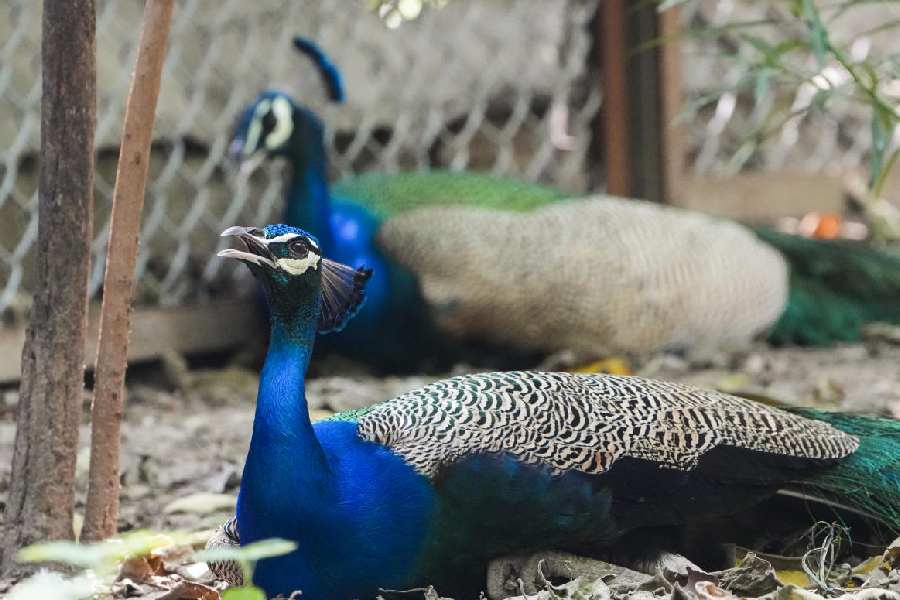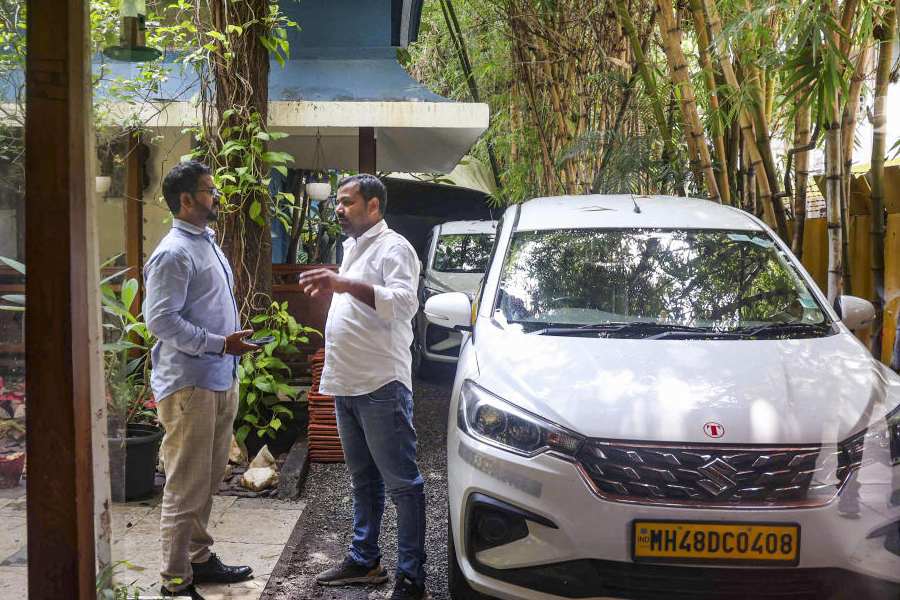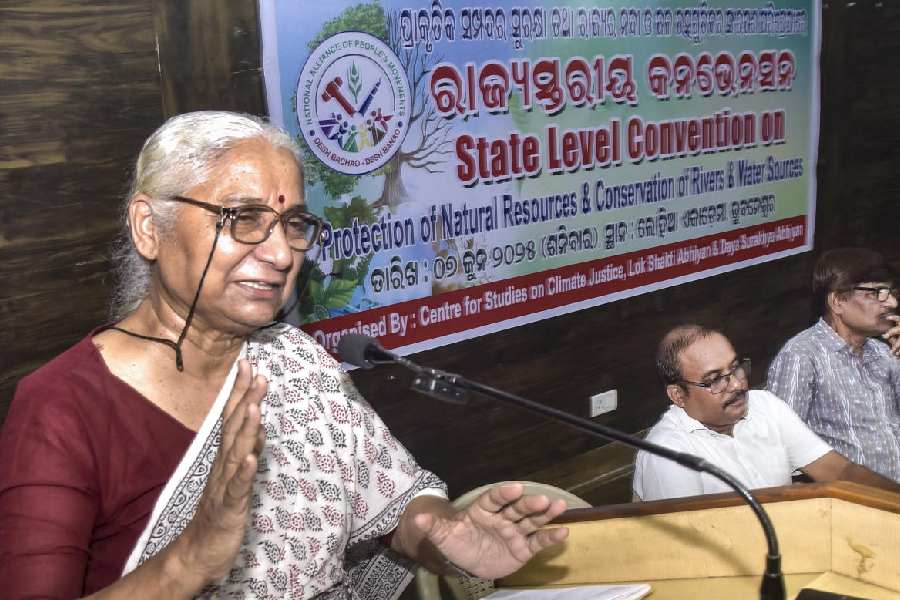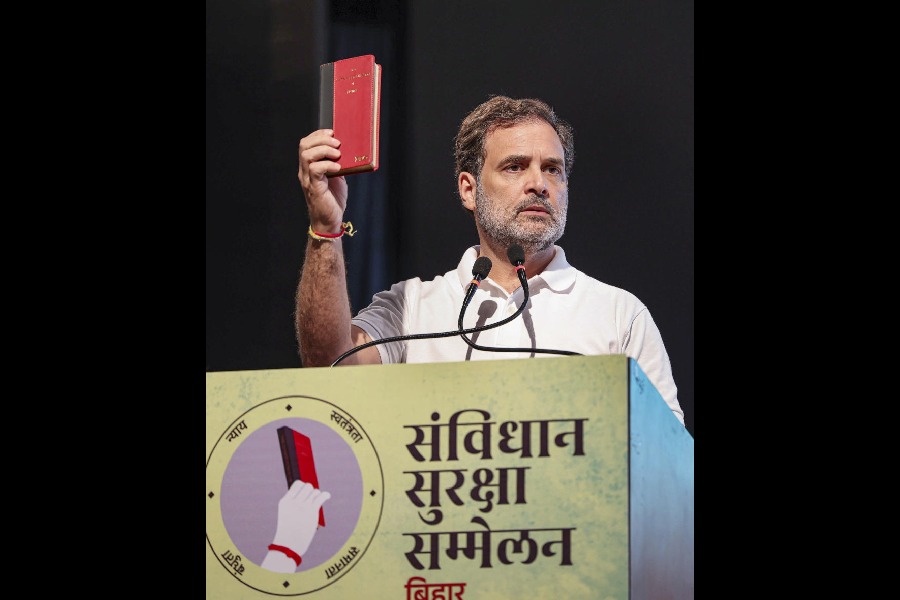 |
 |
 |
 |
| KNOTTY AFFAIR: (From top) Zamrooda Habib Anjum, 47, regrets not getting married; a shikara on Dal Lake; Hilal War was too involved in the resistance movement to marry and Sarfaraz Bhat who says he doesn’t earn enough to get married |
It’s 4.30 on a Wednesday evening, and Dr Mushtaq Margoub is, as always, right on time. Laptop bag on his shoulder and a black briefcase in hand, he steps into his clinic at Hazratbal Market in Srinagar.
A crowd of young men and women waits outside his chamber, all hoping to consult the psychiatrist. The visitors are between 18 and 30 years of age. Some suffer from depression. Most are unemployed. And almost all are single.
Kashmir Valley is witnessing an unsettling revolution. The number of single men and women is growing in a society that revels in marriages. Sociologists and psychologists are worried about the growing population of unmarried people — a trend underscored by a new study conducted by Kashmir University (KU).
Ironically, this is the season of marriages, which are even more elaborate than those in many other parts of India. Somewhere in the valley, coins and almonds are being collected to be showered on a groom. Wazwans — elaborate feasts which often consist of 30 or 35 delectable dishes — are being readied, as the valley gets decked for a spate of marriages. The wedding industry, according to one estimate, is worth Rs 9,000 crore.
But the festivities leave Dr Margoub’s clients cold. “Over 60 per cent of those who come to me are depressed,” says Dr Margoub. “The ongoing political bewilderment is causing ripple effects on society.”
Until the mid-1990s, most Kashmiri girls were married at 20. Now the average marrying age for women is 27, says the December 2008 study conducted by KU’s sociology department. Men, who would earlier marry at 23, are tying the knot at 31, it says.
According to the 2001 census, 17,00,846 men and 14,62,312 women were single in Kashmir — comprising 54 per cent and 46 per cent of the total population, respectively.
Firoza Mushtaq is a member of the unmarried brigade. The 31-year-old PhD student spends most of her time sitting in a corner of a reading room, on the second floor of the Allama Iqbal library, flipping through the pages of Trades and Jobs — a local newspaper that carries advertisements for jobs. “I will not get married until I am financially stable. That could take a couple of months or even years,” she says.
While the number of unmarried men or women in some other parts of India may not be very different, experts in the Valley point out that what is alarming is the fact that the change in the troubled region has occurred in the last decade or so. “Earlier, in the wedding season, we used to arrange at least 100 weddings. Now there are barely 35,” says Rashid Mama, a Srinagar-based marriage broker.
The two-decade long conflict for a separate state, many believe, is one of the main reasons for the growing trend. “Singlehood is one of the worst fallouts of the conflict,” stresses sociology professor Bashir Ahmad Dabla, who initiated the study. Conducted among 1,500 Kashmiri Muslims across the 10 districts of the Valley, this empirical study quotes 88 per cent of the respondents as saying that the insurgency has directly or indirectly affected their marital status.
The situation is starkly different in neighbouring Jammu, where the marriageable age has not changed significantly over the years. “The conflict in Kashmir has not affected our demography. Our girls still get married at 20 or 21 and boys before they turn 25,” says Ashish Saxena, associate professor, department of sociology, Jammu University.
What’s clear is that people are not averse to getting married. Humsafar, the sole marriage brokering cell in the Valley, states that more than 60 per cent of its clients are in the 30-35 age group. “At present, around 3,000 people — 1,400 of them women — in this age group are looking for partners,” says Mohammed Salim Khan, a counsellor at Humsafar.
But getting a suitable match is not an easy task in Kashmir. The Valley lost at least 60,000 young men in the years of insurgency. “A lot of young men either got killed or they took to militancy or they left Kashmir to escape the crisis. So women were left with little or no choice,” points out Dabla.
For over 10 or 12 years, from the early 1990s, the Valley was in a state of standstill. Hartals and demonstrations disrupted normal life to the extent that few dared to step out on the streets for leisure. The situation, certainly, was not conducive to romance.
A curious imbalance also took place between the sexes, as women went in for higher studies when men dropped out of schools and colleges in large numbers to join the militant movement. “Women want their husbands to be equally or more qualified. They also prefer government officers,” says Aneesa Shafi, head, department of sociology at KU.
But government jobs are few and far between. At present, only 4.5 lakh people hold government posts while more than 7.5 lakh unemployed youth of the Valley are registered with the state employment exchange. Most recruitment in the government sector is made on a contractual basis.
The Valley has not seen any major upsurge in the private sector either. A couple of construction companies, call centres and a private radio station offer only a few hundred jobs. Once a good generator of revenue, the tourism sector too has been crippled without adequate government support.
So Sarfaraz Bhat, a lecturer on contract in KU’s sociology department, says he has to wait till his financial status improves before he starts thinking of marriage. “How can I take on the responsibility of another person when I am uncertain about my own future,” asks this 31-year-old bachelor, who earns around Rs 12,000 a month.
Bhat is brave, for singlehood is still frowned upon in this conservative Muslim society. Abid Hussain, an ad hoc lecturer in KU, says his relatives can’t come to terms with his unmarried status. “I have been termed ‘useless’. Some of my relatives also believe that I will pose problems for society if I don’t get married soon,” says Hussain, 35.
Asiya Andrabi, the head of the Dukhtaran-e-Millat (Daughters of Faith), says her organisation has been conducting meetings to stress the importance of marriage. “We spread awareness of the significance of getting married at the right age,” she says. “Today’s youth ignores the teachings of Islam that directs people to get married the moment they are physically and mentally mature. It is a crime to be single till a late age.”
Sociologists too believe that late marriages or not getting married can lead to serious societal changes. “Singlehood would mean fewer children. It is certainly not good for a place like Kashmir, which has already lost many of its youth in the strife. If this present generation doesn’t get married, where do we get the future generations from,” asks Shafi of KU.
Further, Dabla adds, marriage is important to keep society regulated and stable. His study stresses that late marriages often lead to a yawning gap between generations. “Couples who get married late are less likely to be physically fit to take care of their children well,” Dabla’s study states.
But for many Kashmiris, marriage is a low priority in a life driven by uncertainties. Those who actively participated in the resistance movement — now in their late 30s and 40s — say their political commitments gave them no time to make personal commitments. “At the peak of the struggle, marriage was considered a crime,” says Hilal War, the 39-year-old unmarried chairman of the People’s Political Party.
War’s former colleague in the Students’ Islamic League Yasin Malik got married at the age of 42. “Those in my age group were mostly in jail in the prime of their youth. Where was the time to get married,” asks the Jammu and Kashmir Liberation Front chairman, who married Pakistani artist Mushaal Mullick last year.
Women who participated in the resistance movement had no time to set up home either. In retrospect, it wasn’t such a good idea, rues Zamrooda Habib Anjum, patron of Muslim Khawatein Markaz, a women’s group. “Jab ghar hi nahi basaya toh phir zindagi mein kya kiya (What have you done if you haven’t even set up home),” says Habib, 47.
Dabla’s study also suggests that singlehood in the Valley has given rise to pre-marital sex and mental depression. Around 16 per cent of those surveyed said they engaged in pre-marital sex because of late marriages while 24 per cent said their single status led to depression.
Experts believe that steps should be taken to stop the trend of late marriages. But social welfare minister Shakina Itoo doesn’t believe that that there is anything to be done. “These are individual problems — singlehood or late marriages or divorces. The government cannot do much on this,” Itoo, who is also unmarried, says.
But Shafi fears that singlehood is not just a statistical status. “One should understand that this society is emerging to be more confused, perplexed and uncertain. If these social issues are not addressed now, this crisis will, perhaps, turn bigger than the ongoing political insurgency,” she says.
(Some names have been changed on request)










